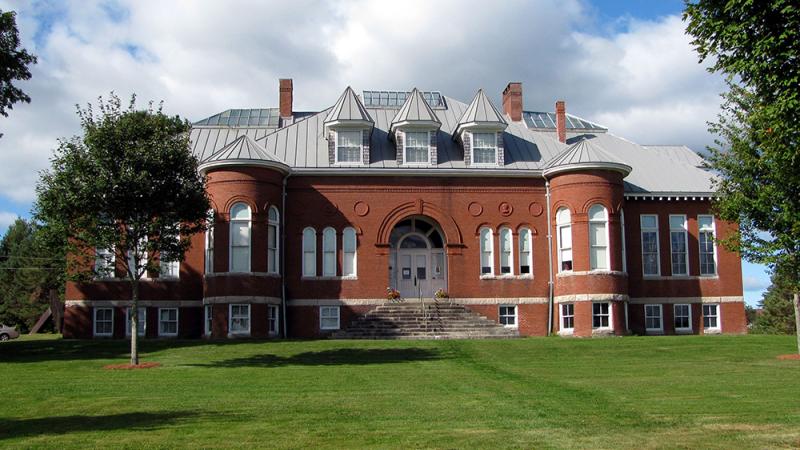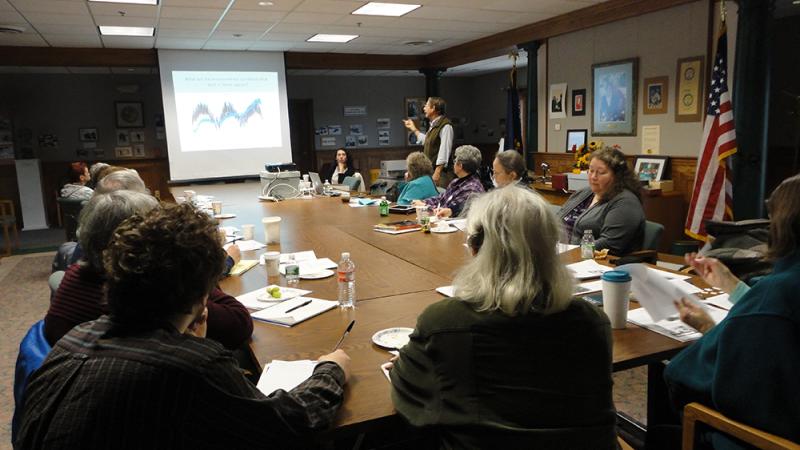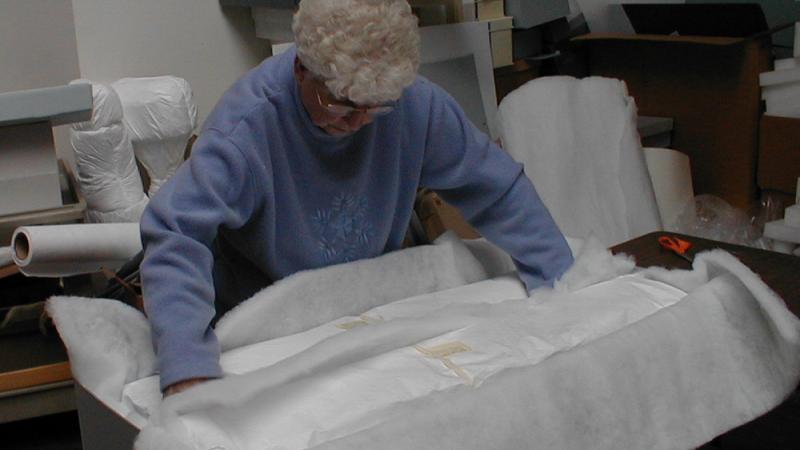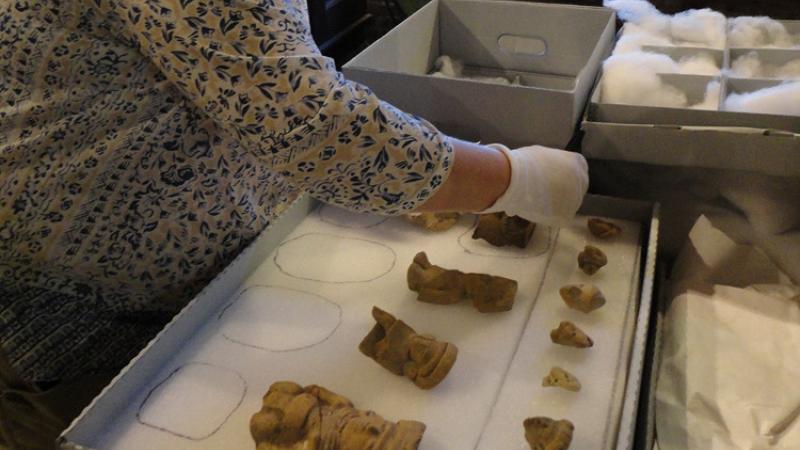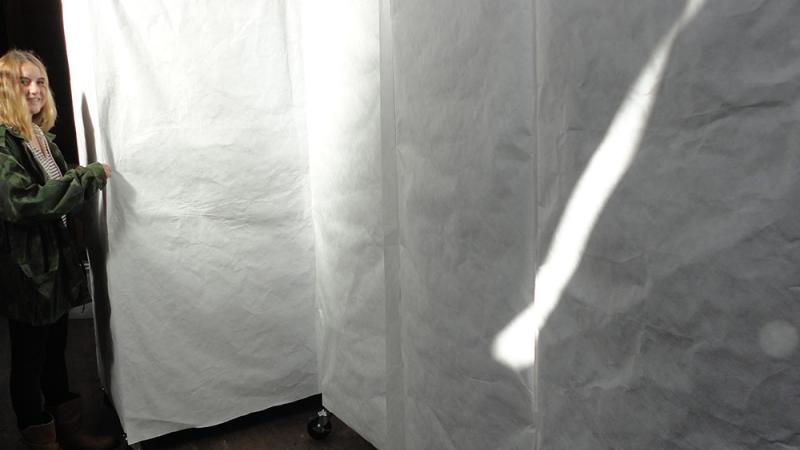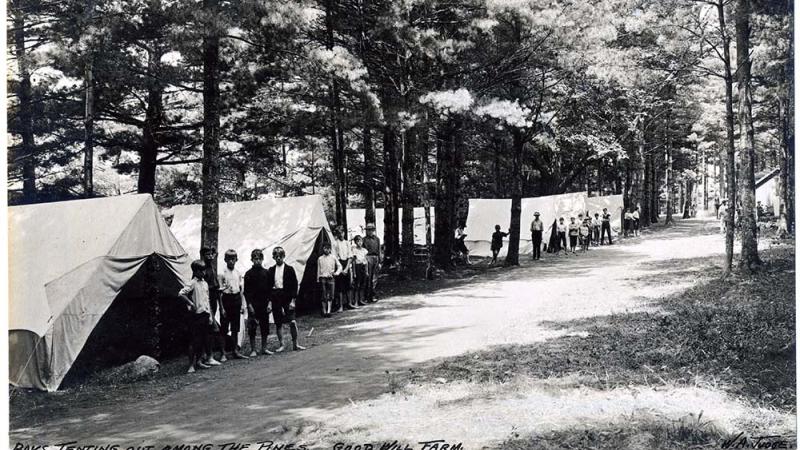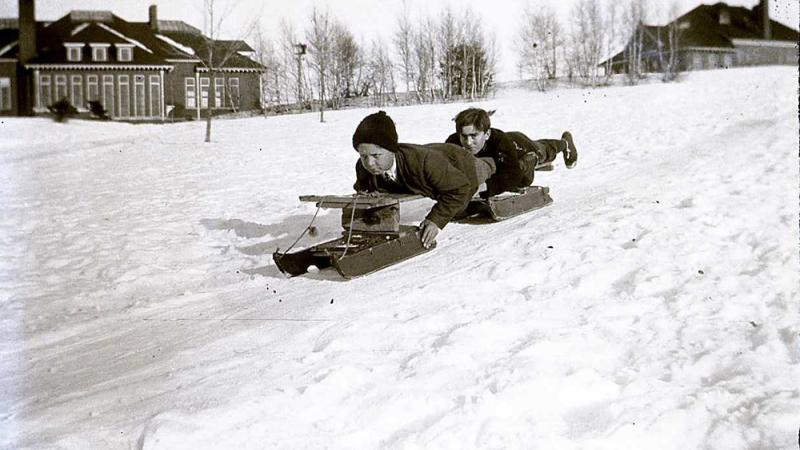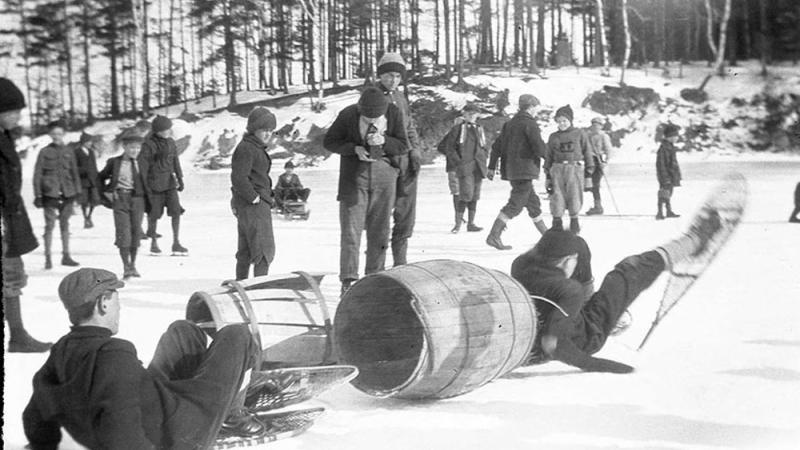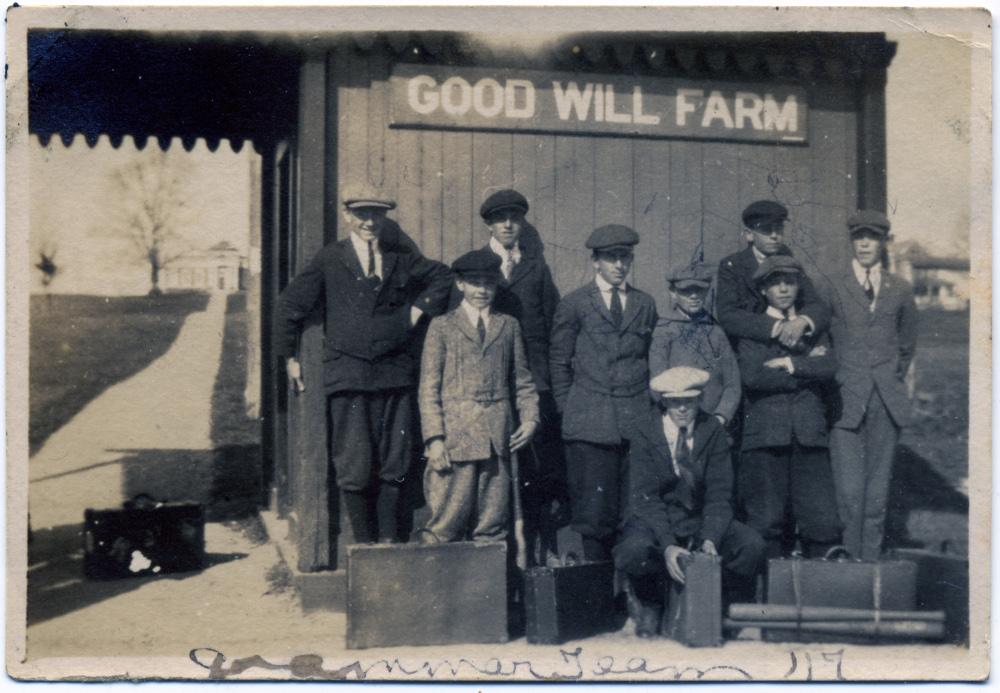50 States of Preservation: L.C. Bates Museum in Fairfield, ME
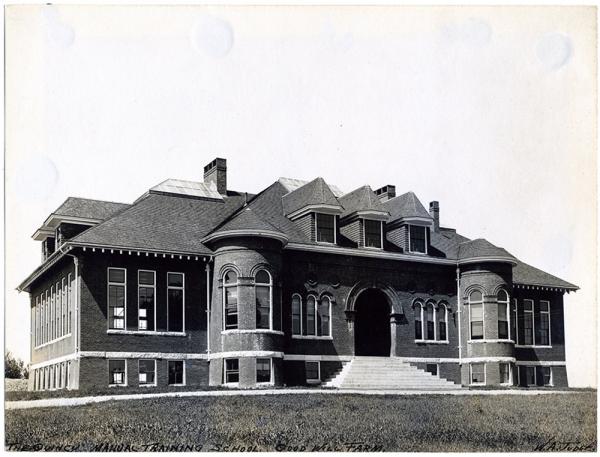
An early view of the L.C. Bates Museum building c. 1911.
Image courtesy of the L.C. Bates Museum.

An early view of the L.C. Bates Museum building c. 1911.
Image courtesy of the L.C. Bates Museum.
This feature is part of a series we call “50 States of Preservation,” in which we are touring small and mid-sized museums, libraries, historical societies, and other repositories across the country to show how they are helping to preserve the nation’s cultural heritage. Read other entries in the series here.
Located in the small (population: 6,735) town of Fairfield, Maine, the L.C. Bates Museum has a unique history. The museum occupies the historic Quincy Manual Training Building (1903), part of Good Will Homes—an establishment for orphans founded in 1889 by George Walter Hinckley (1853-1950). Good Will Homes was very much a family affair, run for much of its existence by Hinckley, his wife, and children. Although non-denominational, Good Will Homes stressed moral uplift and religious instruction, in accord with its patron’s devotion to the Social Gospel.
Good Will Homes was based on a working farm, and as such its residents engaged in manual labor and received instruction in the skilled trades. Most of its original buildings survive to this day. The museum, named after businessman and philanthropist Lewis Carlton Bates (1851-1924), has preserved many elements of the Quincy Manual Training Building. Exhibitions and displays feature artifacts from the original printing press, laundry, and carpentry and woodworking shops. The three-story structure contains extensive archival and object collections on the history of Good Will Homes, providing a window into ideas about education and child care during the Progressive era. Furthermore, Hinckley was an avid collector of art and ethnographic objects, most of which eventually found their way to the museum. Today, it contains more than 8,000 cultural, art, or decorative arts objects and some 10,000 archaeological artifacts. Finally, L.C. Bates holds an extensive collection of natural history materials, also donated by Hinckley. Each year, more than 20,000 persons visit the rural museum, among them scholarly researchers, school groups, and descendants of the approximately 7,000 orphans who once resided at Good Will Homes.
The museum’s staff and volunteers are committed to being good stewards of these collections. Beginning in 2001, L.C. Bates received NEH grants to purchase environmental monitoring equipment such as dataloggers and preservation supplies to rehouse its collections, as well as to support needs assessments by preservation experts and workshops on the proper care and handling of humanities collections. The most recent award, announced last year, will enable the museum to rehouse 450 artworks and artifacts related to daily life at Good Will Homes. Among them are farming and ice-cutting tools used by the boys, and fabric arts and rug-making equipment used by the girls. Conservator Ronald Harvey will also assist in installing new storage furniture and training staff in collections care.
According to Director Deborah Staber, “The NEH grants have provided the L.C. Bates Museum with critical assessments of our collection needs, professional collections care training, and support for implementing collection storage projects. For a small museum with no conservation person on staff, bringing conservators in to provide support for collections planning and projects has met an important need.” She goes on to say that NEH funding has enabled the museum “to better preserve and share our humanities resources with our community” and “allowed us to learn and work in doable phases to complete our overall planned preservation goals.”
Since 2000, NEH has made nearly 2,000 Preservation Assistance Grants to small and mid-sized organizations to preserve and care for their humanities collections. In all 50 states, the District of Columbia, and Puerto Rico and the Virgin Islands, PAG awards have funded preservation assessments, purchase of shelving, environmental monitoring equipment, and preservation supplies, and training for staff. Organizations in all states and U.S. territories are eligible to apply, and the program encourages applications from those new to NEH. The next application deadline Preservation Assistance Grants for Smaller Institutions is May 1, 2018. If you have any questions about this grant program, please contact us at @email or 202-606-8570.
